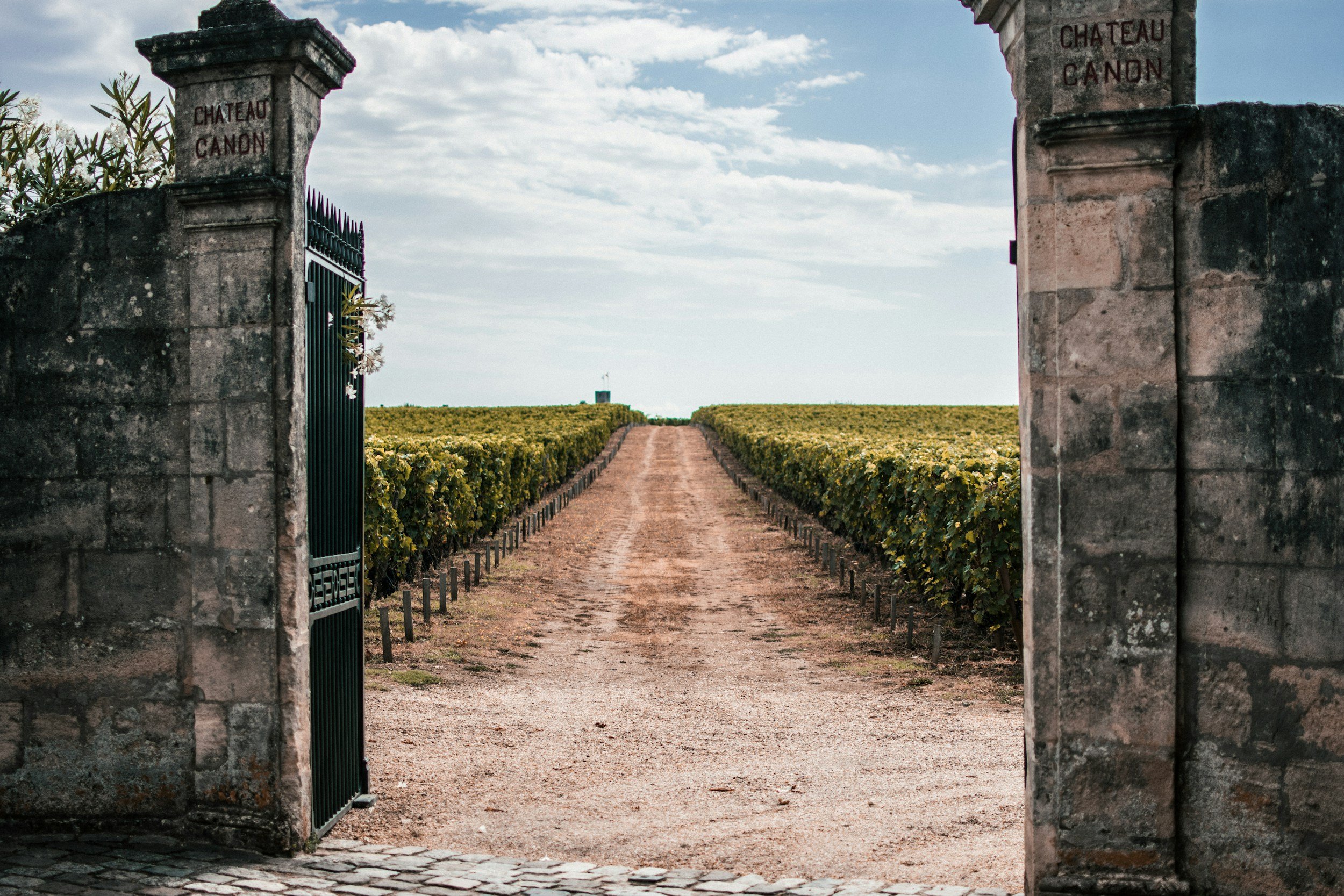
Discover Bordeaux Wine Region and Saint Émilion
Bordeaux Wine tour
The Bordeaux Wine Region is one of the most iconic and storied wine-producing areas in the world, where centuries of tradition and an extraordinary diversity of terroirs give birth to wines of elegance and depth. Framed by the Garonne and Dordogne rivers, this region is home to legendary appellations like Médoc, Saint-Émilion, and Pomerol, each offering its own unique expression of Bordeaux’s soul. From grand châteaux to family-run estates, the Bordeaux Wine Region invites you to discover a landscape where history, culture, and nature come together in every glass.
The Bordeaux Wine Region
-
Bordeaux’s landscape is gently undulating, shaped by the Garonne, Dordogne, and Gironde rivers, which divide the region into distinctive zones. The Left Bank features flat, gravelly plains, while the Right Bank and Entre-Deux-Mers offer more rolling hills and elevated vineyards.
-
The region enjoys a temperate maritime climate, moderated by the Atlantic Ocean and protected by the Landes forest. This provides long, mild summers and sufficient rainfall, fostering gradual ripening and complexity in the grapes.
-
Bordeaux’s soils are famously diverse. The Left Bank is dominated by gravelly soils that retain heat and drain well—ideal for Cabernet Sauvignon. The Right Bank features clay and limestone, better suited for Merlot. Sandy, silt-rich areas are also found, particularly in the Entre-Deux-Mers.
-
The region is best known for its red blends, primarily using Merlot, Cabernet Sauvignon, and Cabernet Franc. White Bordeaux blends are crafted from Sauvignon Blanc, Sémillon, and Muscadelle, with both dry and sweet expressions.
-
Bordeaux winemaking combines centuries of tradition with modern precision. Most wines are blends, crafted to achieve balance and complexity. Barrel aging, particularly in French oak, is common for both red and white wines, enhancing structure and aging potential.
Winemaking here holds a delicate balance between reverence for traditional practices —such as manual harvesting and minimal intervention— and an innovative spirit that embraces sustainable methods and freer expressions of the terroir. Each glass of Navarrese wine thus becomes a dialogue between the wildness of the land and the industrious soul of those who interpret it.

